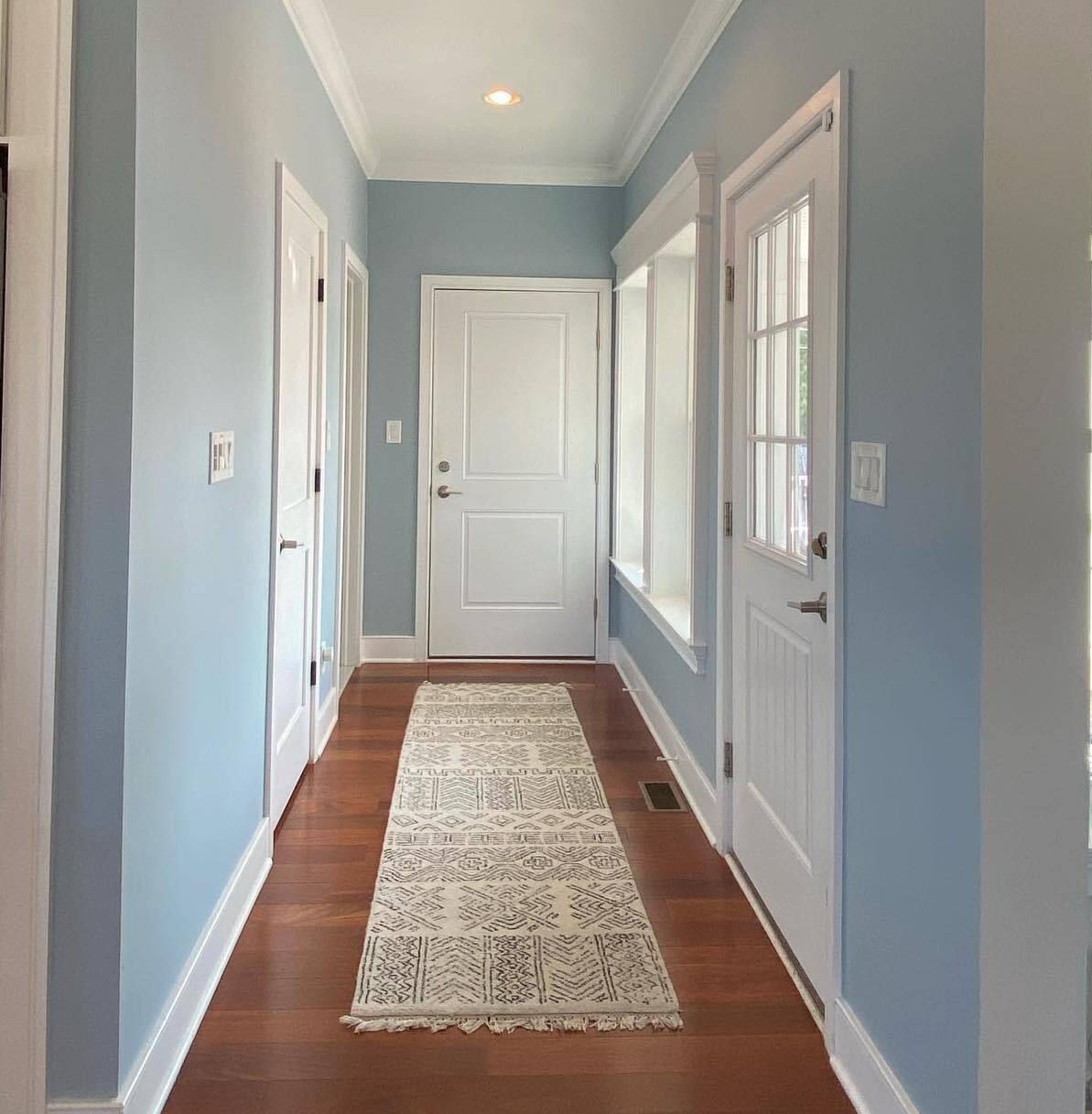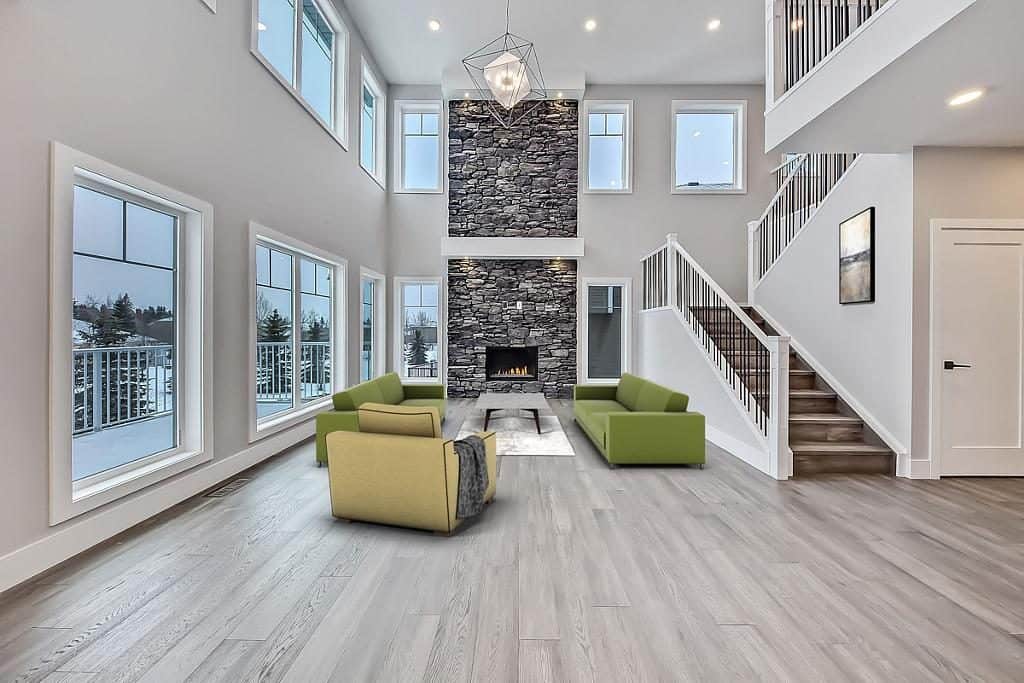Get the Best Cleveland Metro Painting Specialists for Flawless Interior Painting
Get the Best Cleveland Metro Painting Specialists for Flawless Interior Painting
Blog Article
Enhance Your Interior Layout With Comprehensive Shade Assessment
The assimilation of shade examination right into interior style offers a distinct opportunity to fine-tune and raise the aesthetic and emotional vibration of an area. By involving with a seasoned color consultant, you can navigate the intricacies of color option, making sure that your selections not just enhance architectural functions but likewise reverberate with personal design and mental impact.
Advantages of Shade Consultation

In addition, color assessment aids in optimizing natural light and enhancing spatial understanding. Lighter hues can make a room show up even more large, while darker tones produce an intimate setting. Cleveland Metro Painting Specialists. This critical application of color can significantly affect the overall atmosphere of any interior area
In addition, expert specialists have an extensive understanding of current trends and ageless standards, making certain that the chosen colors will remain appealing in time. This insight can conserve clients from costly redesigns in the future. Ultimately, color appointment encourages customers by supplying them with a clear vision and direction, fostering self-confidence in their layout options and eventually bring about an extra enjoyable and successful interior layout result.
Comprehending Color Psychology
The value of shade psychology in interior style can not be overstated, as it explores the emotional and emotional impacts that different tones can evoke in people. Colors can affect state of mind, actions, and also efficiency, making them a crucial consideration in any layout task.
As an example, warm shades such as red, orange, and yellow are usually related to energy and heat. They can boost feelings of exhilaration and convenience, making them suitable for social areas like living kitchen areas or rooms. Alternatively, cool colors like blue, eco-friendly, and purple often tend to stimulate calmness and harmony, making them excellent for bedrooms or meditation areas.
Additionally, using neutral tones can create a well balanced environment by allowing the bolder shades to attract attention without overwhelming the senses. Comprehending these mental impacts allows designers to develop spaces that not only look aesthetically pleasing however likewise advertise emotional wellness.
Including shade psychology into interior decoration involves a thoughtful choice of hues tailored to the designated function of each area, eventually enhancing the overall experience for its passengers. This awareness is important for attaining a unified and functional interior environment.
The Shade Wheel Discussed
Comprehending the connections in between hues is important for efficient interior design, and the color wheel offers as a useful tool in this process. The color wheel, developed by Isaac Newton in the 17th century, shows the spectrum of shades arranged in a circular format. It comprises primaries-- red, blue, and yellow-- that can not be created by mixing various other shades. Secondary colors, formed by incorporating primaries, consist of eco-friendly, orange, and purple. Tertiary shades result from blending a main and a secondary color, resulting in tones such as blue-green and red-orange.
The color wheel aids developers Recommended Site understand the partnerships in between shades, consisting of complementary, analogous, and triadic plans. Complementary colors, located contrary each various other on the wheel, create dynamic contrasts that can energize a room. Similar colors, located next off to each other, offer a unified and cohesive appearance. Triadic plans make use of three evenly spaced shades, providing balance and visual interest.
Making use of the color wheel in indoor layout not just boosts visual allure however likewise evokes specific emotions and atmospheres, making it a vital recommendation for shade appointment. Recognizing these partnerships eventually encourages designers to produce areas that are both functional and visually exciting.
Picking the Right Palette
An appropriate shade plan can merge a room, improve its features, and evoke desired emotions. Various spaces offer different functions and call for combinations that show their intended use; for instance, relaxing colors such as soft blues or greens function well in bed rooms, advertising leisure.
Light can substantially modify exactly how colors appear, so it is necessary to evaluate the area at different times of the day. A harmonious palette ought to complement these functions, creating a cohesive appearance throughout the room.
When picking shades, use the 60-30-10 regulation, which suggests that 60% of link the room ought to be a leading shade, 30% an additional color, and 10% an accent color. This ratio guarantees balance and aesthetic rate of interest (Cleveland Metro Painting Specialists). Sample shades on the walls prior to committing, as this enables you to see just how the shades connect with one an additional and the total setting they create in your interior style task.
Collaborating With a Shade Professional

When collaborating with a color professional, the procedure generally starts with a preliminary examination. Throughout this conference, you'll discuss your vision, preferences, and the existing components in your room. The expert will examine your requirements and might advise details shade schemes that straighten with your objectives.
After establishing an instructions, the professional will certainly supply samples and visual aids to help you visualize the proposed color design. This action is critical, as shades can show up differently under varying illumination problems.
Furthermore, a color expert can lead you in choosing complementary home furnishings, artwork, and devices to balance with your selected combination. By working together closely, you can accomplish a polished visual that raises your interiors and develops a welcoming ambience. Eventually, the proficiency of a color professional can dramatically enhance the general impact of your style task.
Conclusion
In summary, extensive color consultation offers as an important device for enhancing interior style. By leveraging specialist knowledge of color psychology and spatial characteristics, a customized shade scheme can be developed to evoke certain emotions and create an unified environment. This calculated technique not only cultivates a cohesive style story yet also reduces the danger of expensive redesigns. Eventually, engaging with a shade expert ensures an educated and visually pleasing result, boosting the total experience of the area.
By engaging with a skilled color consultant, you can navigate the intricacies of color More Info choice, ensuring that your options not just complement architectural functions yet additionally reverberate with individual design and emotional influence. It makes up key colors-- red, blue, and yellow-- that can not be developed by blending various other shades.The shade wheel helps designers understand the partnerships between colors, consisting of complementary, analogous, and triadic plans.When picking colors, make use of the 60-30-10 policy, which recommends that 60% of the room should be a dominant color, 30% a secondary color, and 10% an accent shade. By leveraging specialist understanding of color psychology and spatial dynamics, a customized shade combination can be established to evoke specific feelings and produce an unified environment.
Report this page